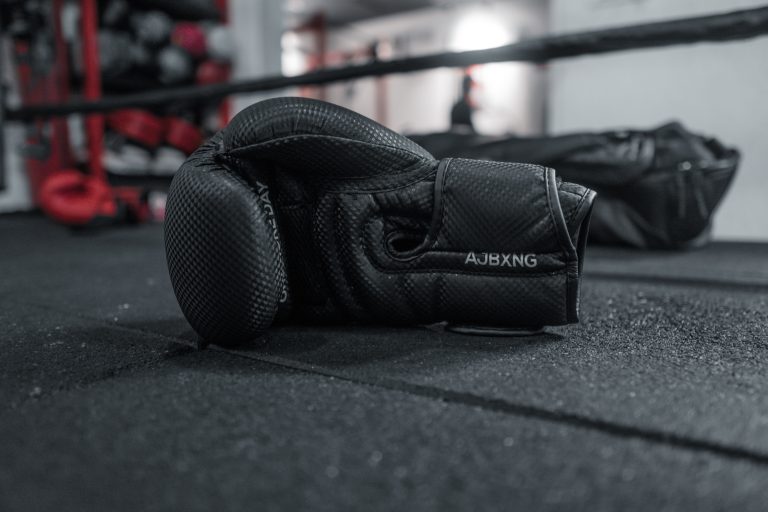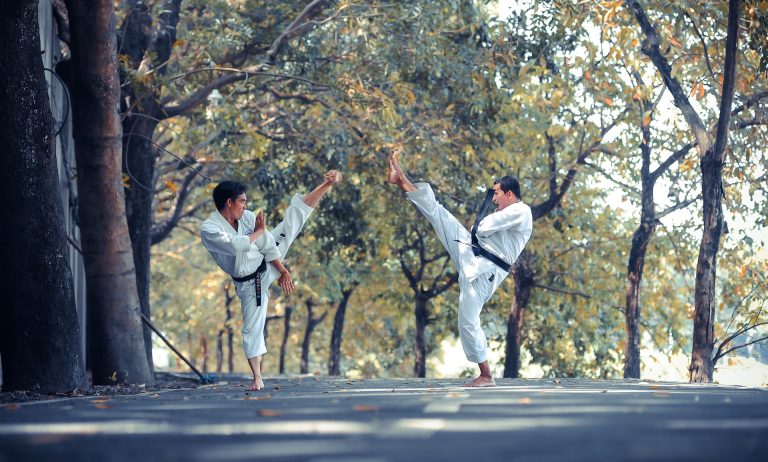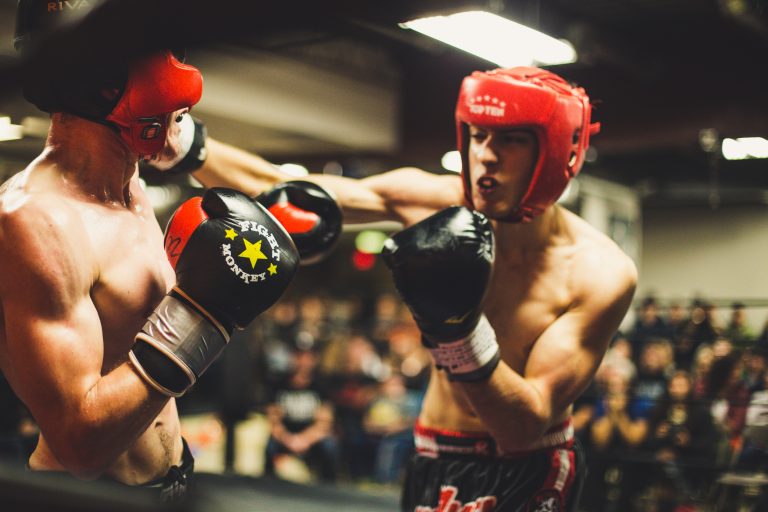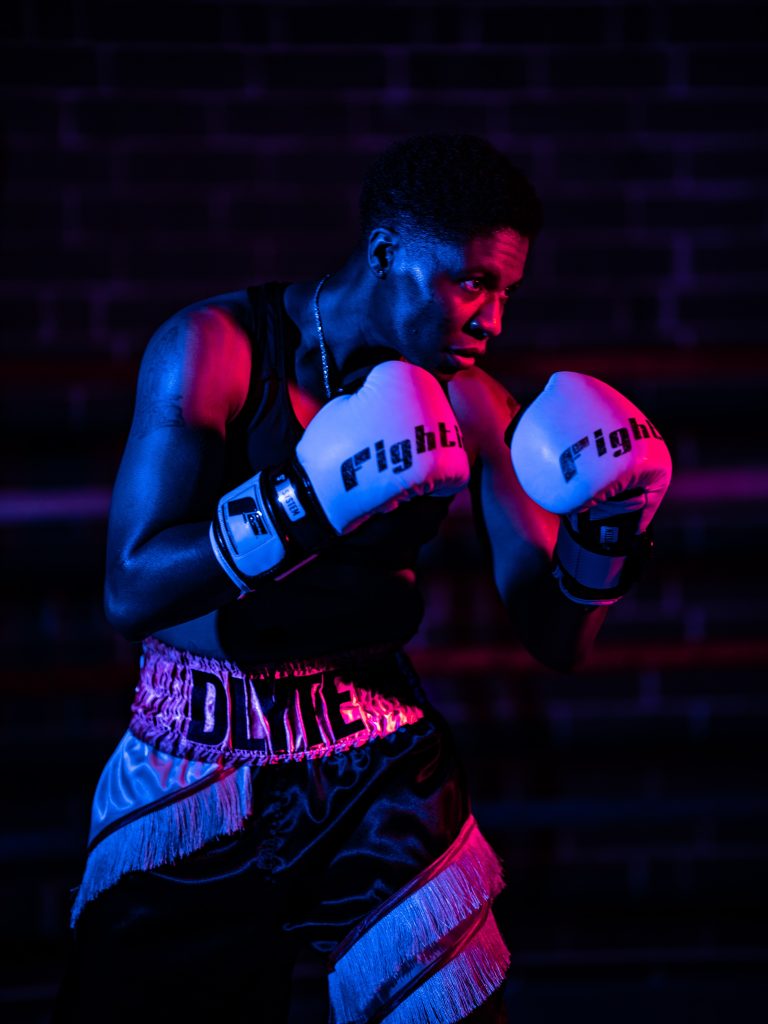Karate: What You Need to Know About Martial Arts
Martial arts have been around for centuries, and karate is one of the most popular forms practiced today. Whether you’re looking to learn self-defense or get in shape, karate has something to offer. Below is a guide on what you need to know about this martial art.
What is Karate?
Karate originates from Okinawa, Japan, and is a form of unarmed combat. It uses striking techniques such as punches, kicks, and knee strikes. Karate also includes defense techniques, such as blocking and evading. Karate practitioners train to defend themselves from attacks and to become physically and mentally stronger.
What are the Benefits of Karate?
Karate offers many benefits, including physical fitness, improved mental focus and discipline, and self-defense skills. Practicing karate can also reduce stress and anxiety levels, increase confidence and self-esteem, and improve flexibility and balance.
What are Belt Ranks in Karate?
Karate has a ranking system to assess the level of skill of its practitioners. The ranking system is represented by different colored belts, with the black belt being the highest. The number of required training hours and the difficulty of the material increases for each level.
What should I expect during a Karate class?
A typical karate class starts with stretching exercises and warm-up activities. Next, you’ll practice basic strikes, kicks, and blocks. The teacher may also show self-defense techniques, sparring techniques, and forms, which are choreographed movements that simulate a fight. The class ends with cool-down exercises and stretching.
What equipment do I need for Karate?
The equipment for karate is minimal. Beginners will need comfortable clothing and a belt appropriate to their level. Karate practitioners may also need gloves and shin guards for sparring. Most importantly, everyone should wear shoes that are appropriate for martial arts practice.
Conclusion
In conclusion, karate is a popular form of martial arts that offers physical and mental benefits to its practitioners. From improving physical health to developing self-defense skills, karate offers something for everyone. With dedication and practice, anyone can learn karate and achieve a higher level of skill and self-awareness.
Karate: What You Need to Know About Martial Arts
Karate is a traditional martial art that originated in Okinawa, Japan. It is one of the most popular martial arts in the world and is known for its practical self-defense techniques and emphasis on discipline and focus. In this blog post, we will answer some of the most frequently asked questions about karate.
1. What is Karate?
Karate is a martial art developed in Ryukyu Islands which is present-day Okinawa, Japan. It is primarily a striking art that emphasizes on punches, kicks, and knee strikes. It also includes grappling, joint locks, throws and other techniques as well. Karate is practiced for self-defense, physical fitness, and mental wellbeing.
2. What is the History of Karate?
Karate has a long and rich history that can be traced back to the 19th century Okinawa. At the time, Okinawa was a divided island with separate feudal kingdoms governed by different lords. This led to the development of unique styles of martial arts in the different regions of Okinawa. These regional styles were later consolidated and modified by Gichin Funakoshi, the founder of Shotokan karate. Today, karate is practiced all over the world.
3. What are the Benefits of Karate?
Karate offers many benefits both physically and mentally. Here are some of the most significant benefits.
Physical Benefits of Karate:
- Improves cardiovascular health
- Increases strength and endurance
- Improves flexibility and agility
- Helps in weight loss and muscle toning
- Develops physical coordination and spatial awareness
Mental Benefits of Karate:
- Develops discipline, focus, and self-control
- Improves self-confidence and self-esteem
- Reduces stress and anxiety
- Teaches valuable life skills like goal setting and perseverance
- Creates a sense of community and belonging among practitioners
4. How is Karate Taught?
Karate is typically taught in a group setting, either in a traditional dojo or a martial arts gym. The classes are led by a qualified instructor who has years of experience in practicing and teaching karate. The instructor demonstrates techniques and corrects mistakes, while students practice with partners. Karate classes are open to practitioners of all ages and abilities, and students are encouraged to progress at their own pace.
5. Is Karate Safe?
Karate is a safe martial art when practiced properly with the supervision of a qualified instructor. However, like any physical activity, there is a risk of injury. To minimize this risk, students should always warm up properly and wear appropriate protective gear, including headgear, gloves, and shin guards. Additionally, the instructor should be trained in first aid and emergency protocols.
6. What are the Different Styles of Karate?
There are many different styles of karate, each with its unique techniques and traditions. Some of the most popular styles include Shotokan, Goju-Ryu, Shito-Ryu, and Wado-Ryu. These styles vary in their emphasis on speed, power, and technique. It is essential to research and choose a style that aligns with your interests and fitness goals.
7. How Can I Get Started with Karate?
The best way to get started with karate is to find a qualified instructor or dojo in your area. Look for a dojo that offers beginner classes and has experienced instructors who are passionate about teaching. The instructor should be willing to answer your questions and help you understand the fundamentals of karate. Additionally, speak to other practitioners and read reviews to get a sense of the studio’s culture and atmosphere.
Conclusion
Karate is a martial art with a rich history and many benefits. Whether you are interested in self-defense, physical fitness, or mental wellbeing, karate can help you achieve your goals. Remember to always practice safely, find a qualified instructor, and choose a style that aligns with your interests and fitness goals. With dedication and perseverance, you can master the techniques and principles of this timeless martial art.
Inhaltsverzeichnis






